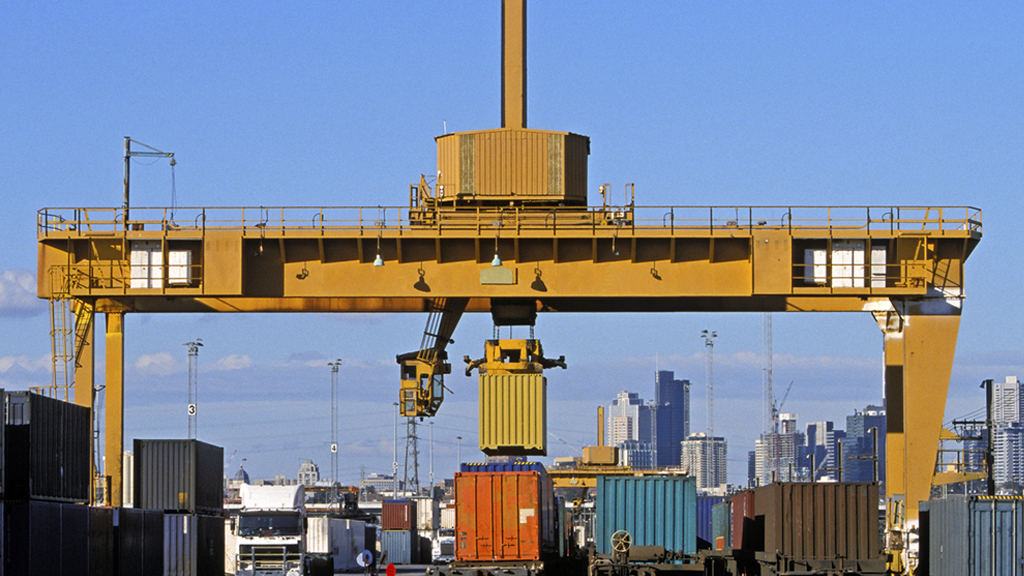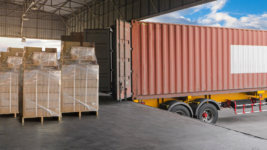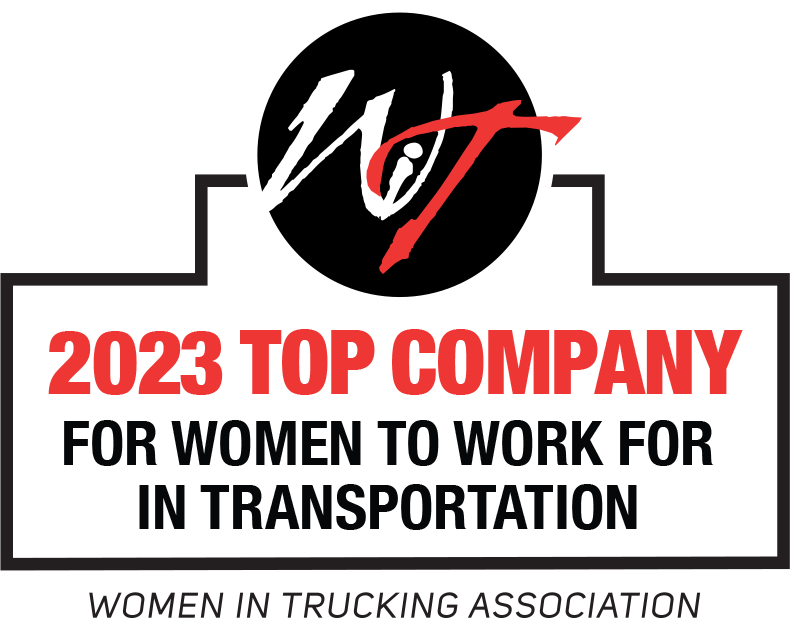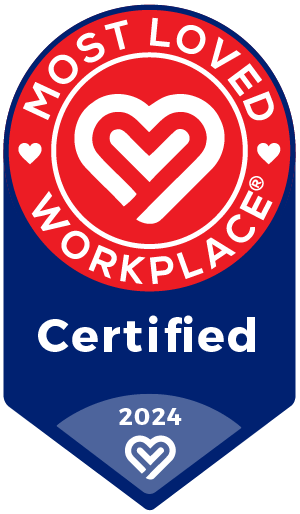For the first time this year volumes and prices are declining. DAT industry analyst Mark Montague indicated one reason for lower prices on van freight could be a result of rail competition – shippers transitioning to intermodal. He noted that for the first week of February, rail freight traffic was up 6.5% from a year ago. Despite drops in recent prices, the national average is 33% higher than this time last year suggesting capacity from the ELD mandate has had a significant impact as volumes remain flat year over year.
Let’s not get ahead of ourselves. We may see a week or two more of falling prices before a surge of US imports and the spring peak tightens capacity even further, bringing an up-tick in the spot market. In order to avoid additional supply chain disruption, shippers need to prepare for the April 1 enforcement of truck driver out-of-service violations for ELD non-compliance. To survive in the current market conditions, shippers will need to think beyond price alone and focus on relationships with carriers, 3PL partnerships and mode optimization.
Speaking of mode optimization, many shippers rely on truckload and less-than-truckload (LTL) options overlooking intermodal as an option for consolidated freight and lower cost shipping. Intermodal may even be faster than your current shipping solution, especially long-haul trucking services, leading to savings and increased efficiencies.
What you Need to Know About Intermodal:
- Intermodal is a combination of two or more transportation modes with the most common being train and truck. It is most suitable for intermediate and finished goods in load units of less than 25 tons.
- Receiving a quote for intermodal is similar to truckload shipping. You will need to provide pickup and delivery locations (lanes), product description, weight, pallet/crate count and value.
- The longer the distance a shipment needs to travel, the more likely it is that intermodal will be a good choice. Over-the-road freight moving more than 300 miles, or longer than one day by truck, are great candidates for intermodal transportation.
- Intermodal transportation should be considered for multiple shipments to the same location throughout the week. Intermodal shipments offer ramp-to-ramp and door-to-door solutions, providing a competitive alternative to LTL and truckload.
When considering mode optimization, a third-party logistics provider can walk your team through the process of planning new and customized intermodal transit schedules that still meet service requirements. Intermodal transportation can be a great solution within your overall transportation portfolio. It benefits your bottom line and provides additional options when capacity and markets are tight.









